Can even our brown thumbs keep this “moss bonsai” kit alive?【Photos】
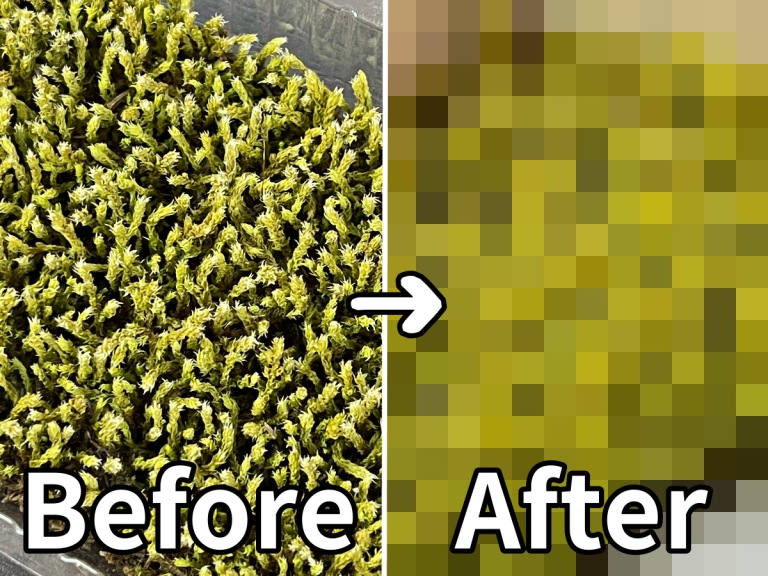
Our last-ditch effort at being a plant parent.
The last year has seen a rise in the popularity of gardening, not just of flowers, but of fruits and vegetables. Many people have taken to turning their balconies, yards, and windowpanes into proliferous little mini gardens full of tasty little tomatoes, cucumbers, and strawberries, among other things. Sadly, though, not everyone is good at keeping green things alive, and our Japanese-language reporter Saya Togashi is one of them.
Unlike our naturally green-thumbed team member Go Hatori, Saya hasn’t been able to grow anything at all this past year. She has tried her hand at raising a number of sprout kits and plants in pots, but they either never sprout, or they grow into weak, wobbly stems and eventually die, and she can’t understand why. Unlike her precious cat, they can’t, after all, meow at her to tell her when they want something, so she has no idea if they needed more or less water, or nutrition, or sunlight, or what.
So when her last attempt ended with a sad, brown, dead plant, she was on the brink of giving up, until she discovered the impressive vitality of moss.
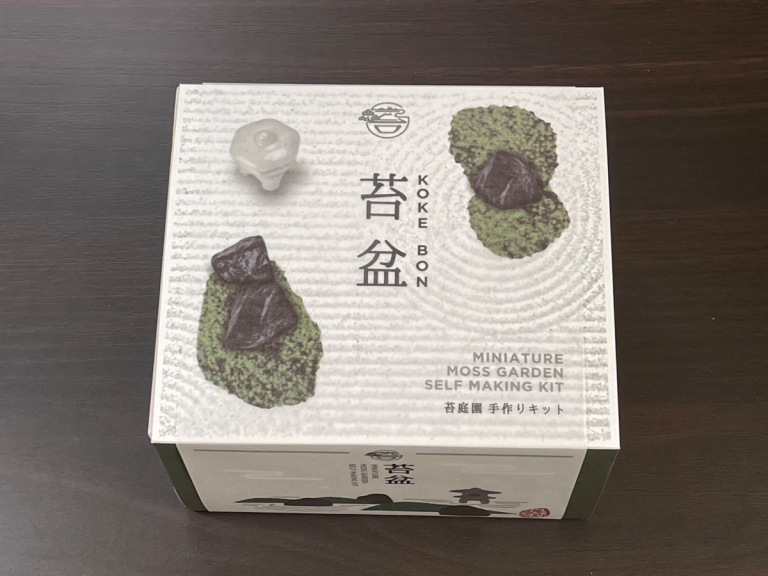
Saya has actually always wanted to grow a “Moss Terrarium”, which is made up of moss and driftwood, to create a world like that of the movie Nausicaa of the Valley Wind. But truth be told, the kits to make those are quite expensive, and with Saya’s notoriously brown thumb, she wasn’t sure if she’d be able to keep the moss alive.
So when she stumbled upon this Japanese garden-inspired “Moss Tray” cultivation kit from ceramics and planter producer Seishin Plus, which sells for the reasonable price of 2,750 yen (US$25.21), she thought it would be a great way to try out growing moss. If she managed to keep it alive, maybe she could finally have the courage to try out the more expensive terrariums!
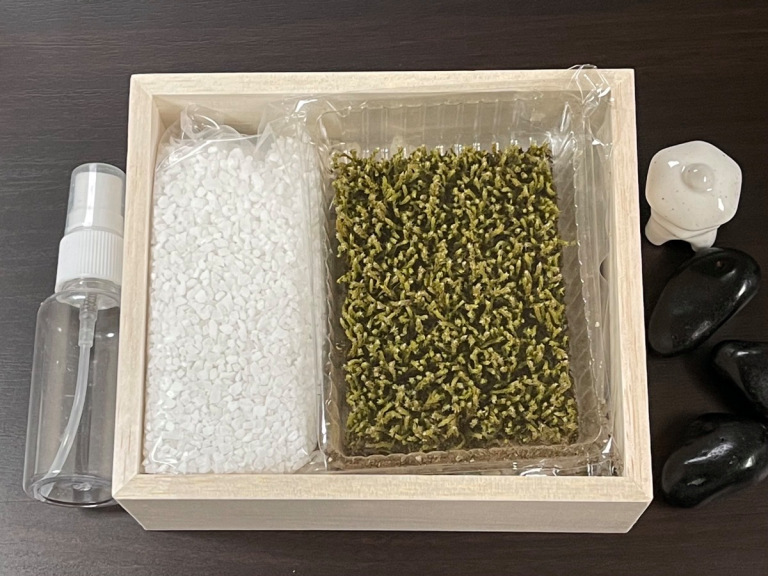
The kit was composed of a box that looks like it was made of paulownia wood, which would also become the planter for the mini moss garden. The kit had everything needed to grow the moss except water: a sponge for holding water underneath, a spray bottle for watering, moss spores, decoration sand, pumice stones, and mini versions of Japanese garden decorations. Saya says you can put it together with just the kit if you need to, though it might help to have scissors, pincers and a spoon on hand.
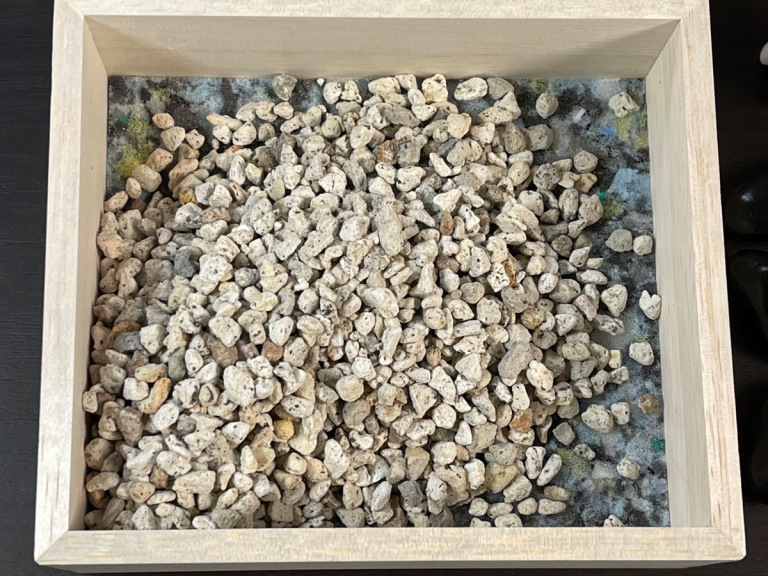
First Saya spread out the pumice stones over the sponge. This made her feel a bit like a landscape gardener, which was kind of exciting.
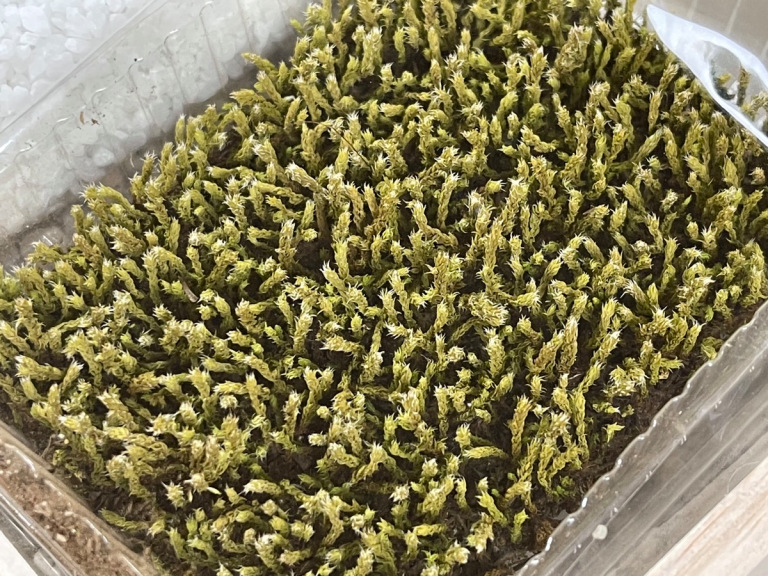
After that, she went to place the moss spores–which were of a type known as Racomitrium moss–on top, but as she inspected them a little more closely, she was amazed to realize that they were actually alive! Somehow, after sitting on shelves and being shipped around for what had probably been months without humidity or temperature control and without receiving any sunlight or water, the moss was still living. What a miraculous plant!
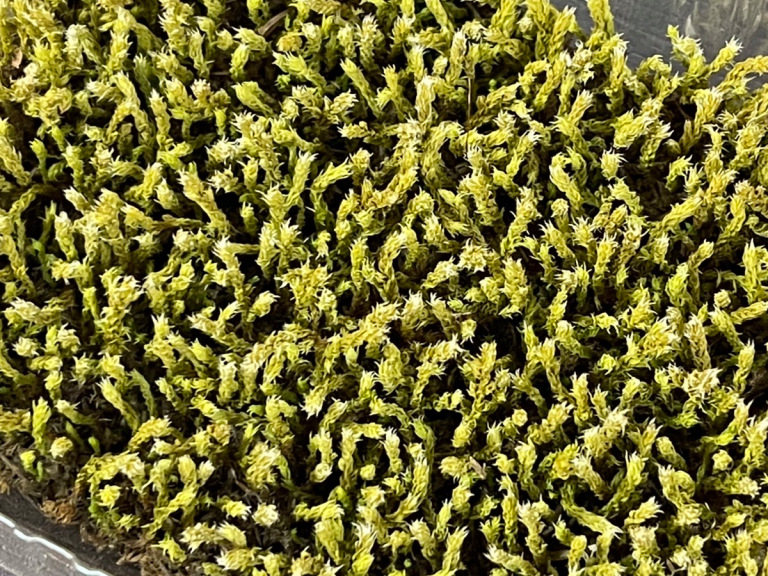
Perhaps this was, in fact, something Saya could actually keep alive? Apparently, moss is a very hardy type of plant that can live in temperatures as low as minus 20 degrees Celsius (minus 4 Fahrenheit) and as high as 70 (158 Fahrenheit)! They’re like the plant world’s tardigrades, which can survive in temperatures up to 100 degrees Celsius and down to minus 270 when in a state of drought dormancy.
The instructions say that you can even cut the square of moss into whatever shape you want. which meant the moss could even survive having parts of it severed.
▼ Saya felt really bad as as the blades of her scissors sliced through the tiny stems, quietly whispering “I’m sorry” with every snip.
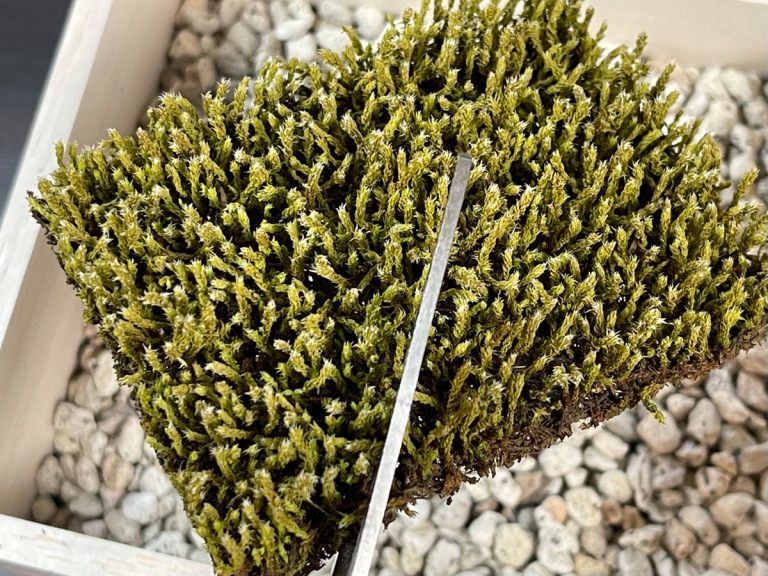
After finishing designing and placing her moss pieces, Saya spread out the cosmetic sand in the spaces between them. She had to admit that the planter looked fine with the pumice stones, but the finer white sand gave off the feel of a temple garden, which she liked.
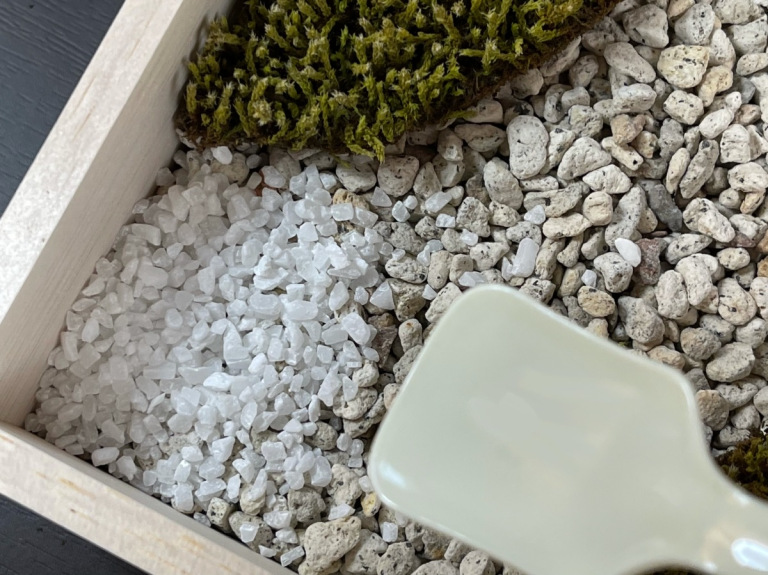
She even considered raking patterns into the rocks, though after some thought she decided not to.
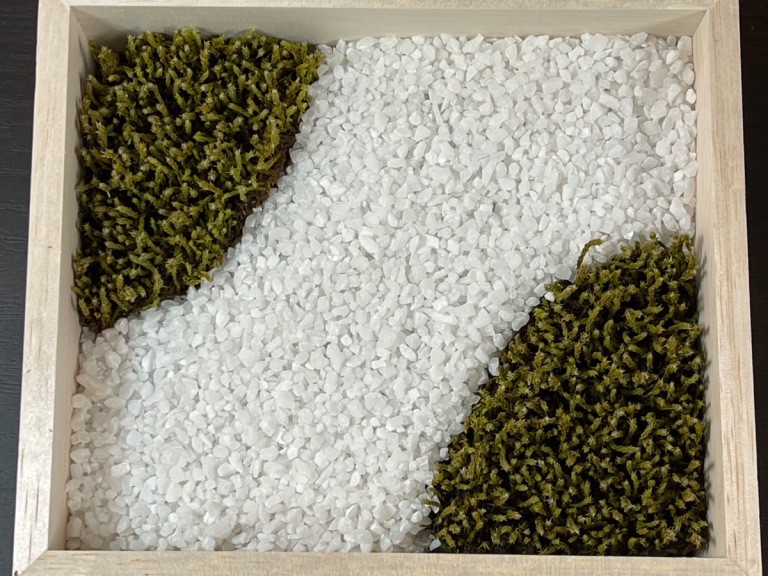
Saya then began to use the included spray bottle to moisten the sand so that it would solidify, but something completely unexpected happened.
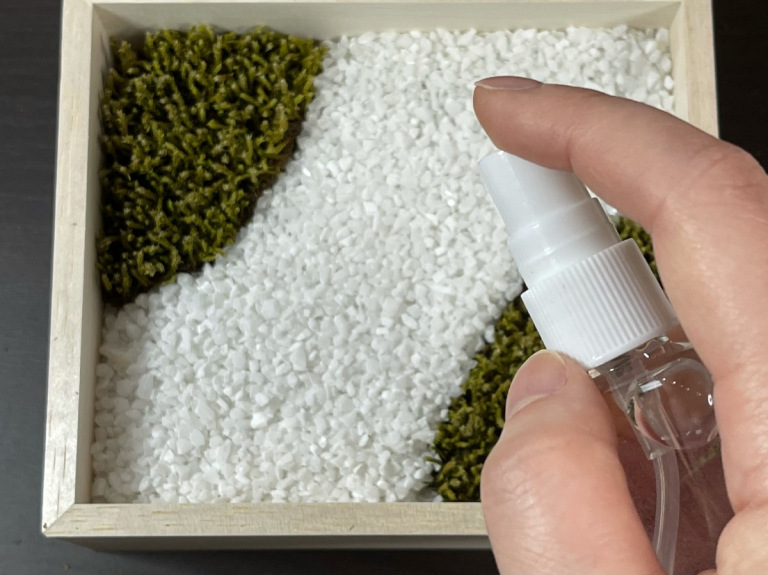
She’d only been aiming for the sand, but of course since it was a spray bottle she couldn’t control where the water went. When the moss encountered some of the water, the most surprising thing happened…

All of a sudden the moss’s spores opened up!!
Even though they had been tightly closed all this time, with just a little bit of water they immediately bloomed, like an instant flower. Five minutes hadn’t even passed and it was like a completely different organism.
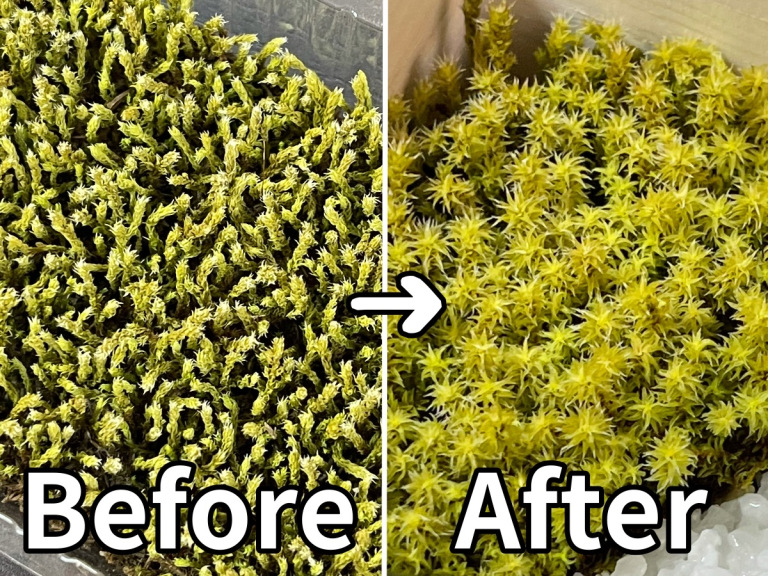
This moss was seriously full of life! It even changed color from a green that was so dark it was almost brown to a bright, vibrant spring green color. It was like watching the seasons change in an instant. Saya was so convinced that she’d have to wait for it grow that she almost missed it.
According to the packaging, Racomitrium moss can enter a dormant stage were it closes its leaves, and it can last a long time without water like that. But as soon as it encounters water, its leaves open. How cool is that?
▼ To the left of the line are spores that came in contact with water, and the spores to the right didn’t get any.
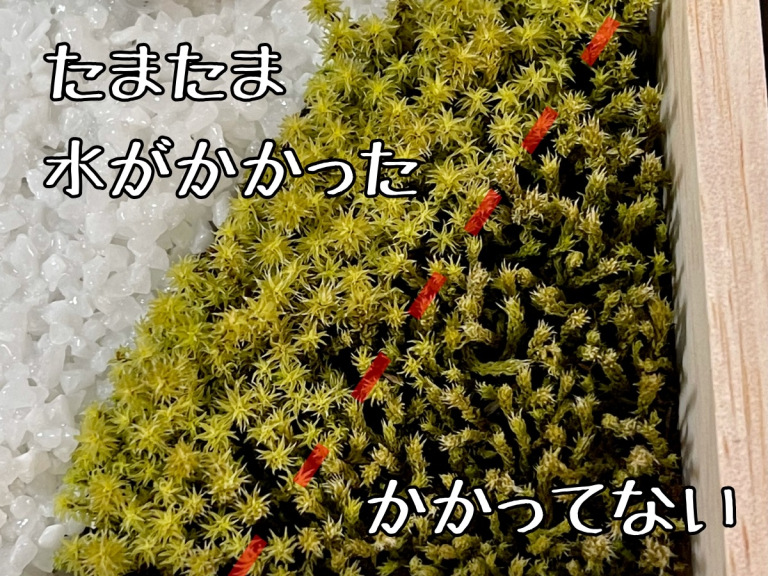
Taking care of the moss is super easy. It needs two to three hours of sunlight per day, and only needs to be watered about once per week. It doesn’t even need any nutrients. It can survive in both cold and hot weather, so you can just leave it by a window and it’ll be happy. It’s a miracle plant that even Saya can keep alive!

Since the kit also came with some rock garden decorations, Saya placed the little black rocks and the stone lantern where she felt looked nice. Once the decorative sand hardens around the decorations, you can’t really move them easily, so Saya recommends you think carefully before you decide where to put them.
▼ She settled for this cute little design.
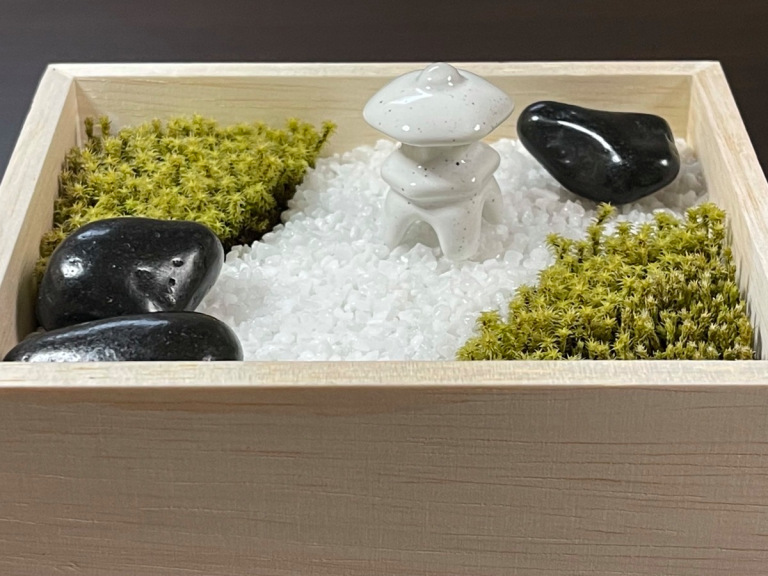
All in all, Saya was extremely impressed with her new moss garden. The sheer vitality and hardiness of the moss amazed her, and it was such a pretty little plant! She also got the feeling that it would help purify the air in her home, which was a nice added benefit.
If you aren’t very good at growing plants, Saya highly recommends this moss kit. With moss, there may be hope for you! It’s super easy to set up and maintain, so it’s a good fit for newbie gardeners, too. You can buy the kits on Seishin Plus’s online store or on Amazon, and if you’re looking to add a little more Japanese flair to your window sill, why not also get a mini potted sakura tree to put beside it?
Images © SoraNews24
● Want to hear about SoraNews24’s latest articles as soon as they’re published? Follow us on Facebook and Twitter!
Credit:

0 comments: